Spring dial scales verification
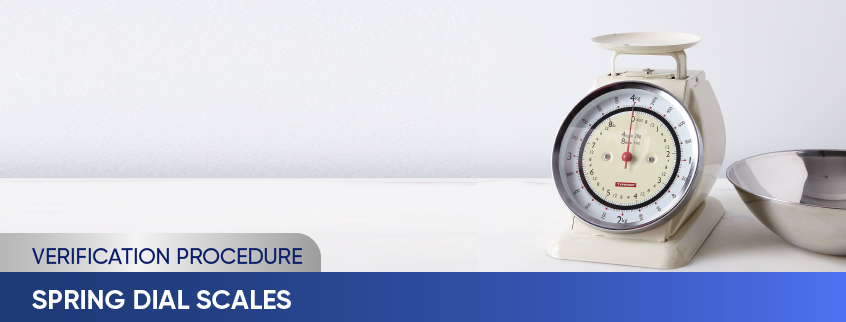
Key contens
- What are spring dial scales?
- Structure and operating principle
- Application
- Why should you verify a spring dial scale?
- Verification procedure
Spring scales are a popular type of watch scale widely used in daily life. With its convenience and fairness, spring scales ensure that measuring becomes easier and more accurate. The spring scale calibration process is also simple, helping users trust in the accuracy of the measurement results.
1. What are spring dial scales?
Spring scales (also known as spring dial scales) are a popular type of scales widely used in everyday life. Due to its convenience and much cheaper price compared to electronic scales, it is a common choice for many people.
Spring scales come in two types: tabletop and hanging, usually with accuracy class IIII and the ability to weigh up to 200kg (according to OIML R76-2006)

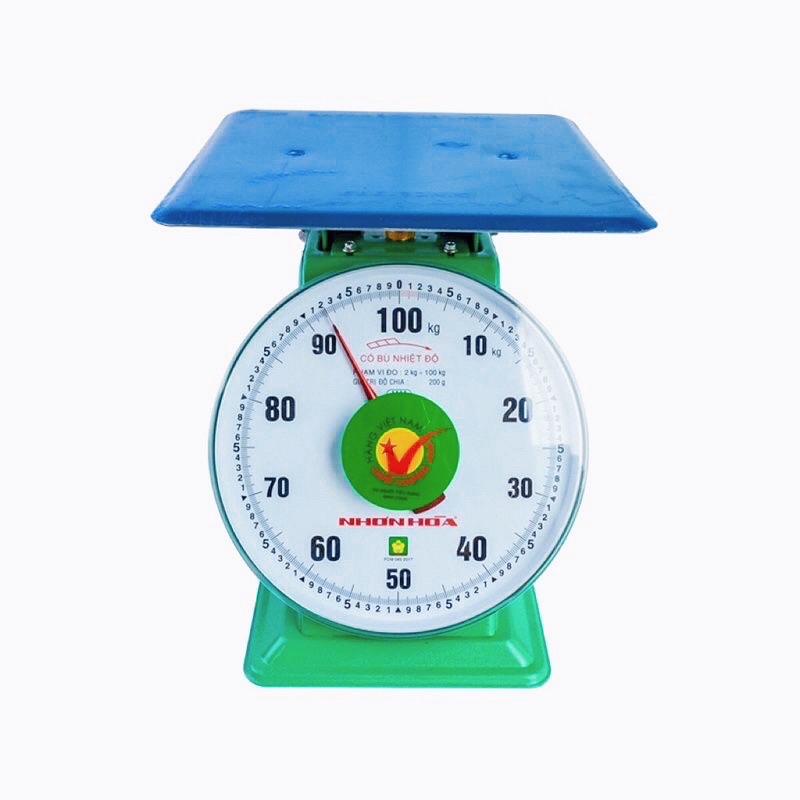
2. Structure and operating principle

2.1 Structure
The spring scale is designed based on the principle of the spring and the principle of balance. The structure of the spring scale includes the following main components: spring, rack, pinion, spring frame, pointer, dial with number markings, protective cover, weighing plate or hanging hook.
The spring scale operates on the principle of elasticity of the spring, creating a state of balance when the spring is compressed (tabletop spring scale) or stretched (hanging spring scale).
2.1 Operating principle
The spring scale operates on the principle of Hooke's law, which states that "the force required to extend or compress a spring is directly proportional to the force applied to it". This principle is used to measure the mass or force acting on the spring.
Here is how a spring scale works: The rack and pinion mechanism converts the linear motion (compression or extension) of the spring into circular motion, combined with the pointer and dial to indicate the measurement result. In addition, there is a rotating knob on the top of the dial, which adjusts the zero point when there is no load.
Based on these principles, spring scales have become popular tools for calculating and measuring mass and force in various fields, from business to manufacturing and health.
3. Application
- Spring dial scales are a popular measuring device used in everyday life. Here are some applications of spring scales in life:
- Measure the weight of small objects such as food, jewelry, coins, etc.
- Used in testing tensile and compressive forces of industrial components such as construction, automobile manufacturing, machinery, parts such as springs, gear tubes, etc.
- Used in balance testers and indicators as pressure gauges.
- In the manufacturing industry, spring scales are used to measure the destructive force of materials, helping in the process of checking product quality.
- Spring scales are used in the quality industry to help measure the load-bearing capacity of equipment and materials.
- In medicine, spring scales are used to measure the amount of powder or liquid medicine needed to treat a patient.
- Therefore, it can be said that a spring scale is one of the versatile measuring tools, having many applications in daily life as well as in industry and medicine.
4. Why should you verify a spring dial scale?
• Ensure stable operation of the device;
• Timely detection of damage to prevent incidents that may occur during work;
• Comply and comply with legal regulations. (Circular 07/2019/TT-BKHCN).
5. Verification procedure
The technical document ĐLVN 30:2019 outlines the sequence, procedures, methods, and means for spring dial scale verification. The following is a summary presentation of the verification procedure.
Measurement standard:
- The scale has a total weight equal to Max, with an accuracy class of M2.
- The scale determines the error (1 ÷ 500) g; (1 ÷ 10) kg, with an accuracy class of M2
- When performing verification, the following conditions must be met:
- Temperature: as the normal working temperature of the scale;
- The influence of external influences (vibration, movement, wind, ...) does not distort the results.
Before conducting the inspection, the following preparations must be performed:
- Fill in the general information at the beginning of the inspection form;
- Place the scale neatly, check the balance of the scale through the plumb bob and check the normal operation of the scale according to technical documents.
- Standard weights must be fully assembled, clean and within the validity period of the inspection.
- Check the scale label, stamp position, and inspection stamp;
- Check the completeness of weighing details and parts;
- Record inspection results in the verification record.
5.4.2 Technical inspection
- Clock face, scale, pointer
- Other details and parts
- Record inspection results in the verification record.
- Check the maximum permissible error (MPE)
- Check the dynamic range
- Check the repeatability
- Check the difference in results when the load is placed off-center
- Check the hysteresis error
- Check the “0” level (or Min) of the scale
- Check the eccentric load
- Check the accuracy at each scale level
If a spring scale meets the requirements of this procedure, it will be issued a verification certificate and verification seal and/or a verification sticker as required. The verification seal must be affixed (or the verfication sticker must be affixed) at locations that prevent the adjustment of the accuracy of the scale.
If a spring scale does not meet one of the requirements of this procedure, it will not be issued an verification sticker, and the old verification seal (if any) will be removed.
The verification cycle of a spring scale is 24 months.
To consult and request a quote on our verification services, please kindly contact us via the following information:
LABORATORY: DONG TAM MEASUREMENT AND TECHNICAL TRADING SERVICE CO., LTD
Address: No.57-59 Street 11, Binh Hung Residential Area, Binh Hung Commune, Binh Chanh District, Ho Chi Minh City
TEL: 028 375 83 869 - Hotline: 0909 347 891 (Mr. Lâm)
Email: info@dongtam-mes.vn
Relative post | Xem tất cả
- Stopwatches calibration
- ORP meter calibration
- Hydrometer calibration
- Analytical and Technical balance calibration
- Analytical and Technical balance verification
- Spring dial scales calibration
- Bench weight scale verification
- Bench weight scales calibration
- Platform scales verification
- Platform scales calibration
- Chlorine meter calibration
- Total suspended solids (TSS) meter calibration



















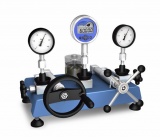
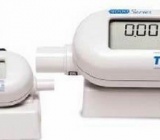
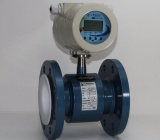

 Legal
Legal  Call: 0283.7583869
Call: 0283.7583869  Search for Certificate
Search for Certificate  Contact
Contact